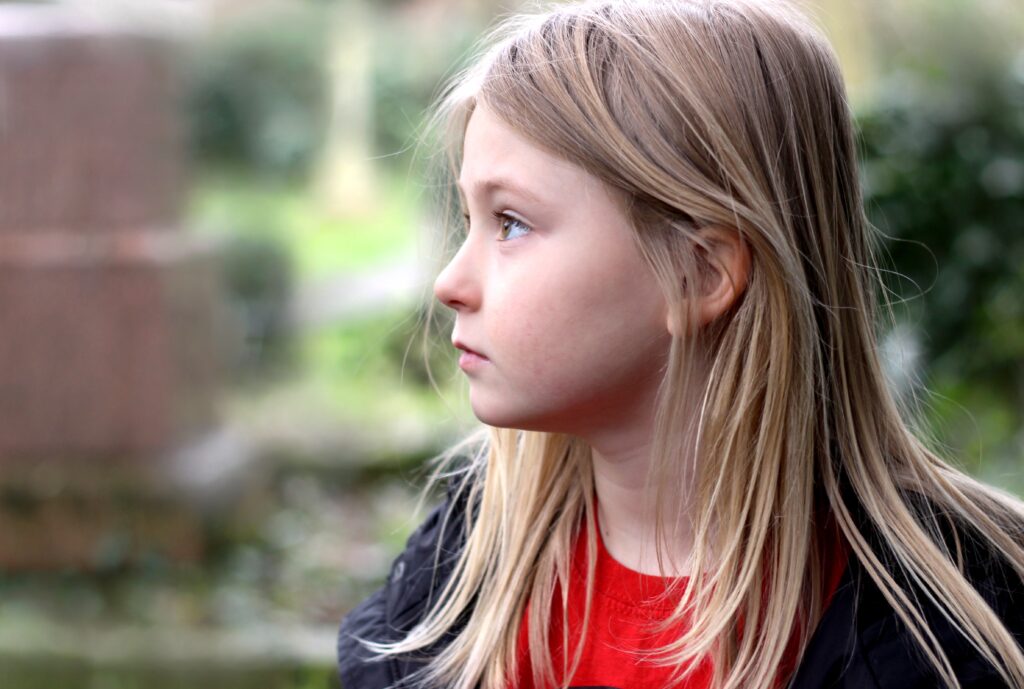Recognizing and Healing Trauma
June 18, 2021
By counselingwithnatalie
June 18, 2021
By counselingwithnatalie
About a month ago, I finished reading a book called The Transformation. Written by Dr. James Gordon, a psychiatrist on the forefront of trauma healing, The Transformation highlights an idea we all need to hear– trauma is a shared human experience. From the cashier at your favorite coffee shop to the influencer you follow on Instagram, every person you encounter has experienced or will experience trauma.

Trauma can affect several aspects of one’s life; yet, perhaps the most concerning area affected by trauma is one’s mental health. The majority of people that experience trauma will have some form of reaction from it. However, when these reactions continue to have a negative impact after a period of time, it may be a sign of a disorder called post-traumatic stress disorder (PTSD). Symptoms of PTSD include: flashbacks (i.e. reliving the trauma through mental images and physical symptoms, such as increased heart rate and sweating), intrusive thoughts, being easily startled, avoiding certain places, people, or objects that could be a reminder of the event, difficulty sleeping, forgetting key memories of the traumatic event, and more. PTSD can result from directly experiencing a traumatic event or indirectly experiencing an event, such as watching a loved one experience something traumatic.

According to researchers, the lifetime prevalence of PTSD among adult Americans is about 7% (Gradus, n.d.). In certain populations, this percentage increases:
Within the LGBTQ+ community, rates of PTSD were significantly higher when compared to heterosexual individuals (Alessi et al., 2013). Homophobia and other negative social experiences contribute to this increase in prevalence within the community.
When compared to other races/ethnic groups, the lifetime prevalence of PTSD was highest among Black Americans (8.7%) (Roberts et al., 2011). Racism and discrimination greatly increase the prevalance of PTSD within the community.
Women are more than twice as likely than men to experience PTSD (“How common is PTSD in women?”). This increase in PTSD among women could be attributed to the prevalence in which women experience sexual assault and child sex abuse.
While these numbers may seem discouraging, don’t lose hope– the more we understand the prevalence of PTSD, the better we can recognize the symptoms and treat the disorder. Here’s some tips to keep in mind if you or a loved one are experiencing symptoms of PTSD:
– Be supportive. It can be difficult to talk about a traumatic experience. Let your loved one know you’re there to listen when they’re ready. In the meantime, encourage them to participate in activities that bring them joy, like meeting up with friends or participating in hobbies.
– Be aware of how you communicate. As discussed in an article by HelpGuide, common communication pitfalls can hinder trust and openness when it comes to discussing trauma. Some pitfalls to avoid include:
– Giving the automatic response of “everything’s going to be okay”
– Offering unsolicited advice on what the person “should” do
– Minimizing their feelings or comparing their situation to your own situations
– Asking for more details than your loved one is ready to share

Sometimes, when someone shares deep and personal feelings, we don’t know what to say so we react by using some of these pitfalls. It’s important to remember that it’s okay if you don’t know how to respond. Sometimes, when a person shares their trauma, they just want to feel heard. Instead of falling victim to these communication pitfalls, be honest. “I don’t know what to say but I’m always here to listen and to comfort you when needed” is a perfectly acceptable response that shows you care about the person without overstepping any boundaries.
– Rebuild a safe environment for them. Someone with PTSD may feel unsafe or distrustful of their environment from the event. To create a sense of security and help rebuild trust in their environment, maintain a routine when at home. Make sure to incorporate time and space for both you and your loved one to relax and decompress.
Here’s what we can do to help certain populations decrease their rates of PTSD prevalence:
– Be an advocate for change. Racism, sexism, and homophobia are dangerous concepts that can be detrimental to someone’s mental health. Educate yourself and others on how to recognize and combat these negative attitudes. Support others by becoming an ally for change.
– Understand the disparities in treatment. Although Black Americans have the largest prevalence of PTSD, they are least likely to receive treatment due to institutionalized discrimination and structural racism (Spoont & McClendon, 2020). To combat structural racism, get involved or support organizations and campaigns such as the American Civil Liberties Union and the Black Lives Matter Foundation.

Trauma is a shared human experience. We are all connected by trauma. Thus, it is our responsibility to understand and raise awareness of the effects of trauma and support others as they recover.
By Missy Boyanton, Content Research Intern
References
Alessi, E. J., Meyer, I. H., & Martin, J. I. (2013). PTSD and Sexual Orientation: An Examination of Criterion A1 and Non-Criterion A1 Events. Psychological trauma : theory, research, practice and policy, 5(2), 149–157. https://doi.org/10.1037/a0026642
Gradus, J. L. (n.d.). Epidemiology of PTSD. U.S. Department of Veteran Affairs. https://www.ptsd.va.gov/professional/treat/essentials/epidemiology.asp
How common is PTSD in women? (n.d.). U.S. Department of Veteran Affairs. https://www.ptsd.va.gov/understand/common/common_women.asp
LGBTQ+ communities and mental health. (n.d.). Mental Health America. https://www.mhanational.org/issues/lgbtq-communities-and-mental-health
Roberts, A. L., Gilman, S. E., Breslau, J., Breslau, N., & Koenen, K. C. (2011). Race/ethnic differences in exposure to traumatic events, development of post-traumatic stress disorder, and treatment-seeking for post-traumatic stress disorder in the United States. Psychological medicine, 41(1), 71–83. https://doi.org/10.1017/S0033291710000401
Smith, M., & Robinson, L. (2020). Helping someone with PTSD. HelpGuide. https://www.helpguide.org/articles/ptsd-trauma/helping-someone-with-ptsd.htm
Spoont, M., & McClendon, J. (2020). Racial and ethnic disparities in PTSD. National Center for PTSD. https://www.ptsd.va.gov/publications/rq_docs/V31N4.pdf
Tags